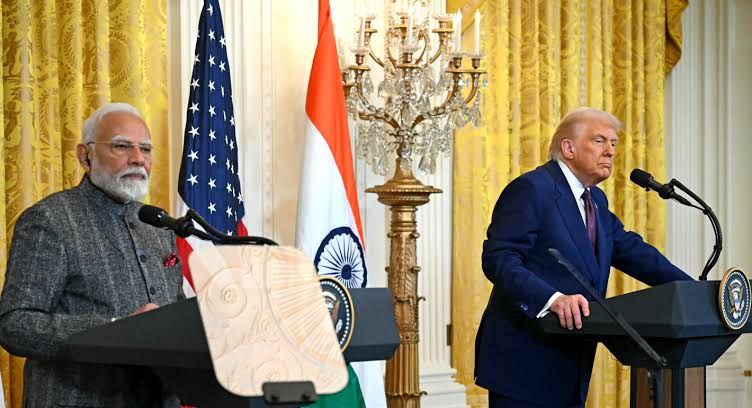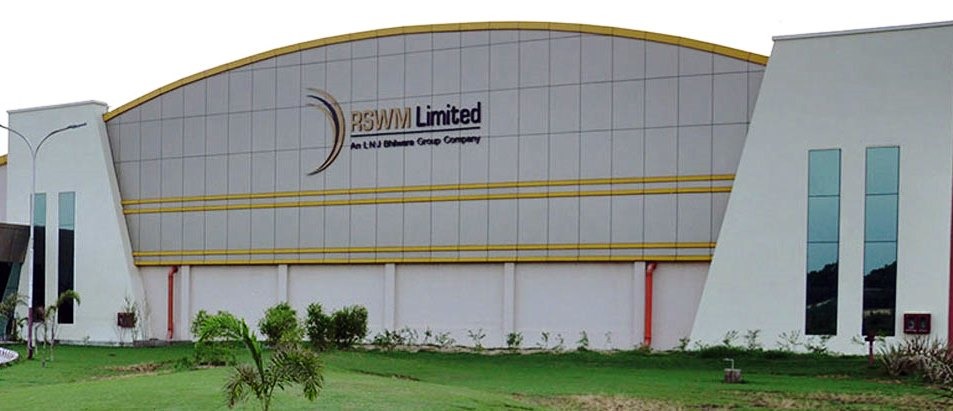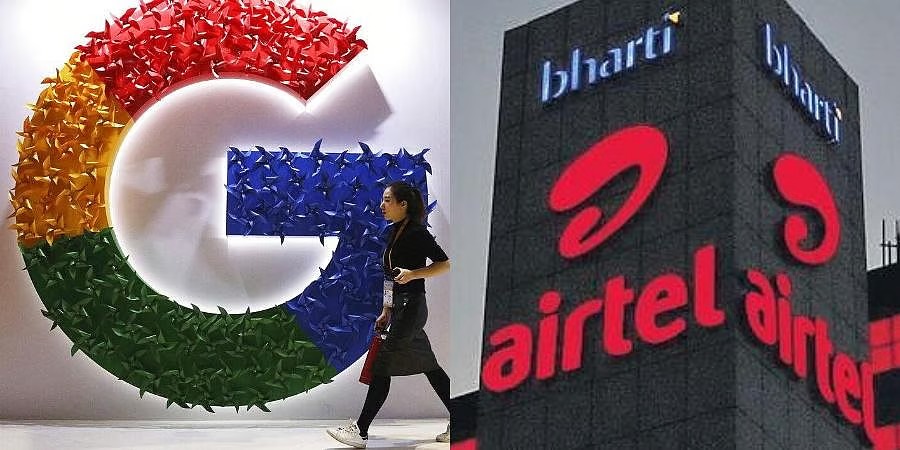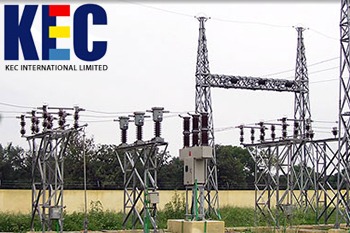India and the United States woke up to a major jolt in their trade relationship today as US President Donald Trump announced a 25 percent tariff on Indian imports, coupled with an additional penalty for New Delhi’s extensive energy and defense dealings with Russia. This development arrives at a delicate phase, with both nations locked in negotiations for a comprehensive trade pact. The Government of India has swiftly responded, stating it is closely studying the implications while affirming its full commitment to protect national interests.
Highlights From a Tumultuous Day in Trade Diplomacy
On July 30, President Trump declared that starting August 1, all Indian goods entering the US would attract a steep 25 percent tariff. The White House justified the move by citing India’s “high tariffs” and “strenuous non-monetary trade barriers,” describing them as among the most restrictive globally.
The US president also announced an unspecified penalty tied to India’s continued procurement of energy and military systems from Russia, criticizing these ties in the context of the Ukraine conflict.
Indian authorities, including the Ministry of Commerce, issued a statement confirming that the government had “taken note” of Trump’s pronouncement and was “studying its implications.” India reaffirmed its commitment to pursuing fair, reciprocal trade negotiations while taking all necessary steps to safeguard national interests.
Key Issues Behind the Standoff
The breakdown exposes long-standing friction points:
Market Access and Agriculture: US negotiators sought expanded access to Indian markets for agricultural goods, ethanol, dairy, automobiles, and medical devices. India, meanwhile, resisted pressure to liberalize agriculture and dairy due to concerns over millions of domestic farmers’ livelihoods.
Tariff Disparities: India’s average tariff on US agricultural imports reportedly stands at 39 percent, compared to the US’s 5 percent; tariffs on US steel, aluminum, autos, and electronics are also significant sticking points.
Russian Connections: Since the Ukraine war, India has ramped up purchases of Russian oil and arms, now making up a substantial share of its energy imports. The US regards this as undermining sanctions and pressure on Moscow, adding another layer of policy complexity.
India’s Calculated Response
Indian officials emphasized a measured, strategic approach:
-
Indian authorities stated the country remains steadfast in its objective of a “fair, balanced, and mutually beneficial” trade agreement with the US.
-
Officials stressed that India’s priority is securing the interests of farmers, MSMEs, and entrepreneurs, vowing to “take all steps necessary” in any trade situation.
-
Notably, India signaled that negotiations will continue even after the imposition of new duties; a US delegation is still expected in New Delhi late August for a further round of talks, raising hopes for an eventual interim trade agreement.
Where Does This Leave Bilateral Trade?
The United States is India’s largest trading partner, with two-way trade in goods reaching about $191 billion in 2024.
Indian exporters, especially in labor-intensive sectors such as textiles, gems, and pharmaceuticals, could face significant headwinds with the new tariffs set to take effect August 1.
While Trump called India a “friend,” he blamed New Delhi’s high tariffs and restrictive trade policies for the growing trade deficit, which reached $44 billion in India’s favor last year.
Voices From the Political and Business Spheres
The opposition in India criticized the government’s handling of relations, blaming “failed foreign policy” for the latest setbacks.
Indian export bodies and business chambers expressed concern over market disruptions, highlighting the unpredictability of Washington’s approach.
Next Steps and Outlook
With the tariff window reopening August 1, officials from both countries are set for a sixth round of negotiations in late August. While the new tariffs threaten to sour near-term trade, both sides have left the door open to eventual compromise, amid both economic incentives and broader strategic calculations in play.
Source: Times of India, Reuters, Press Information Bureau







